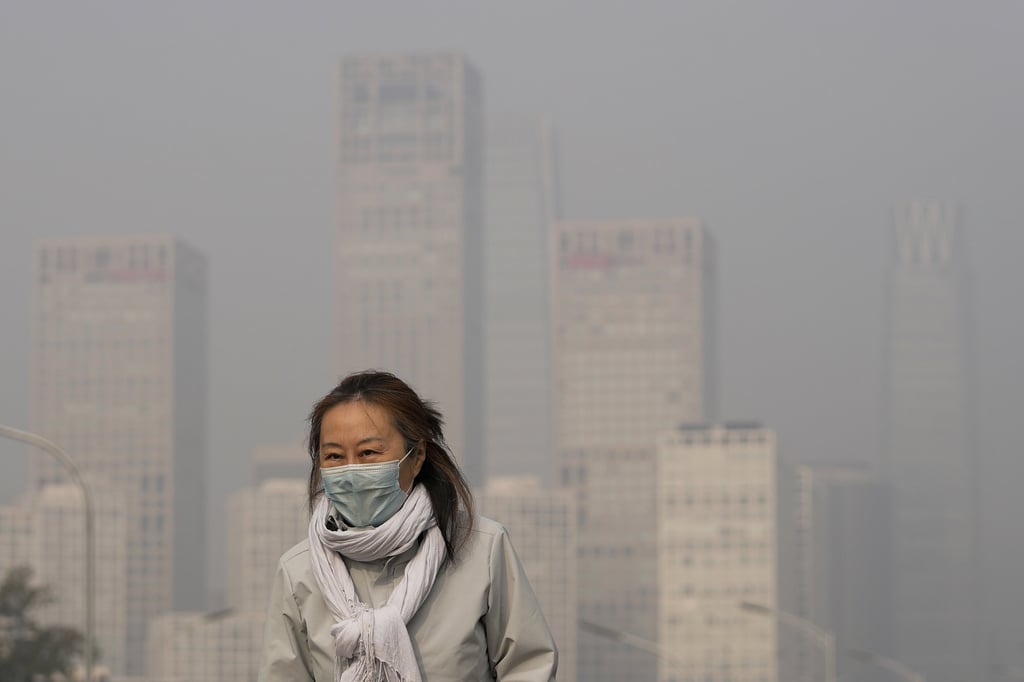Millions dying across world due to poor-quality air we’re nearly all breathing, WHO says
- UN health agency says 99 per cent of Earth’s population breathe air that exceeds air-quality limits
- Air quality poorest in its Eastern Mediterranean, Southeast Asia regions; database now includes nitrogen dioxide, often found in traffic fumes

The UN health agency says nearly everybody in the world breathes air that does not meet its standards for air quality, calling for more action to reduce fossil-fuel use, which generates pollutants that cause respiratory and blood-flow problems and leads to millions of preventable deaths each year.
The World Health Organization, about six months after tightening its guidelines on air quality, on Monday issued an update to its database on air quality that draws on information from a growing number of cities, towns, and villages across the globe, now totalling over 6,000 municipalities.
WHO said 99 per cent of the global population breathes air that exceeds its air-quality limits and is often rife with particles that can penetrate deep into the lungs, enter the veins and arteries, and cause disease. Air quality is poorest in WHO’s Eastern Mediterranean and Southeast Asia regions, followed by Africa, it said.

“After surviving a pandemic, it is unacceptable to still have 7 million preventable deaths and countless preventable lost years of good health due to air pollution,” said Dr Maria Neira, head of WHO’s department of environment, climate change and health. “Yet too many investments are still being sunk into a polluted environment rather than in clean, healthy air.”
The database, which has traditionally considered two types of particulate matter known as PM2.5 and PM10, has for the first time included ground measurements of nitrogen dioxide. The last version of the database was issued in 2018.
Nitrogen dioxide originates mainly from human-generated burning of fuel, such as through automobile traffic, and is most common in urban areas. Exposure can bring respiratory disease like asthma and symptoms like coughing, wheezing and difficulty in breathing, and more hospital and emergency-room admissions, WHO said.
The highest concentrations were found in the eastern Mediterranean region.
